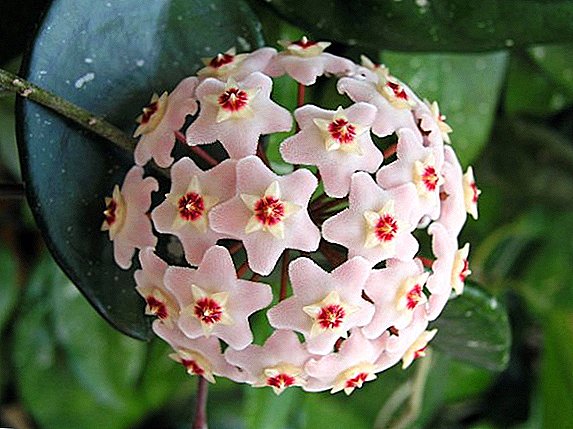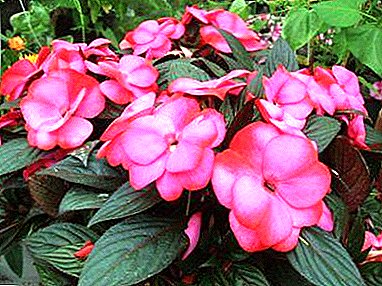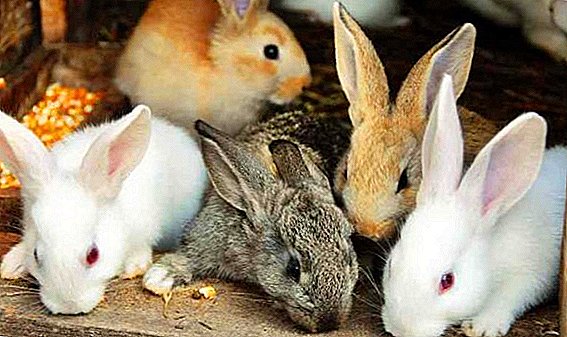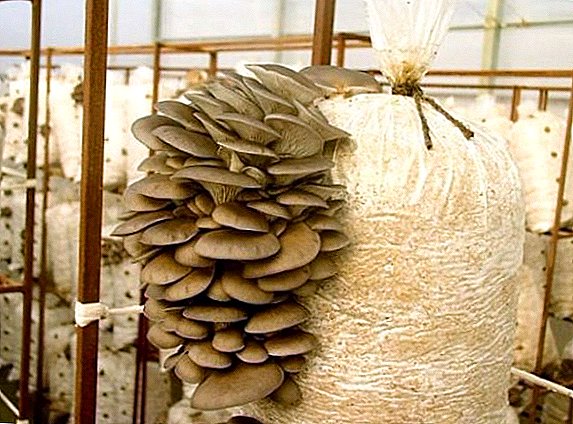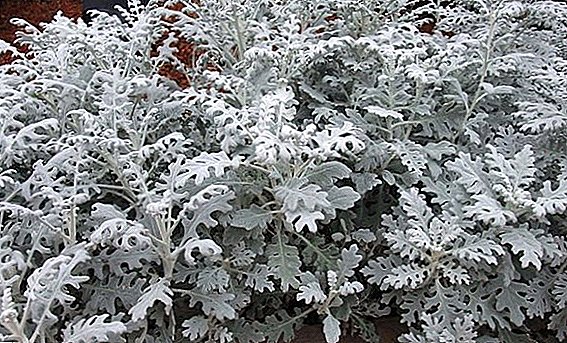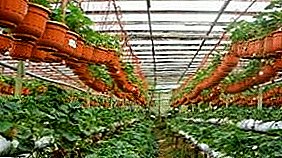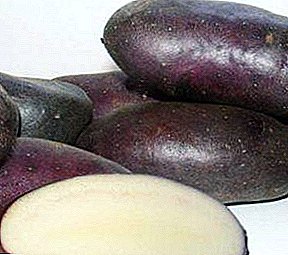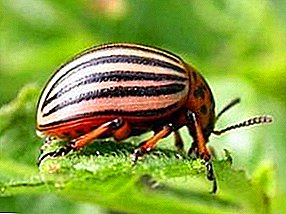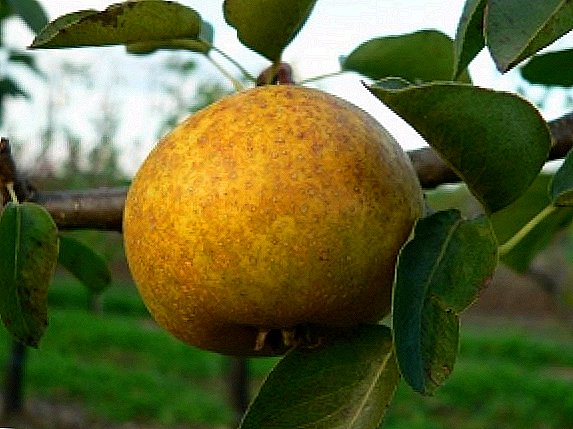
Today, thanks to the active development of breeding, many new representatives of agricultural crops appear.
For their creation use previously derived varieties. The new varieties improve taste, improves resistance to various diseases.
One of these basic varieties is the pear "Bergamot".
As a result of crossing this variety with other cultures, the pear culture continues to evolve to this day.
Variety description
"Bergamot" - a group of varieties of table pears. Among all the varieties, the most famous is "Autumn Bergamot".
"Bergamot" is the fruit of popular selection. Ripens in early autumn. Today the variety is in decline, as it loses to newer varieties in all respects. Trees This variety is medium tall, the crown has the shape of a reverse pyramid and is not very dense. The shoots are thickened, shortened, have a brown color. The leaves are shaped like a chicken egg, folded to the central part (resembles a tubule), pointed at the edges.
Fruit small weighing up to 85 g, round, yellowish-green with a red spot on the side. The flesh is white, hard enough, has a peculiar taste and aroma. The time for harvest comes in early September. After collecting the fruit can be stored 2.5 - 3 weeks. Bergamot begins to bear fruit 7-8 years after planting. The yield is low, as trees of this variety are exposed to scab. Frost resistance is low; under the influence of low temperatures, the crust on the trunk and skeletal branches is damaged.
Virtues
-low damage during transportation
disadvantages
- direct taste
-low frost resistance
badly damaged by scab
It is also interesting to read about the popular varieties of pears.
Landing features
Sort self-infertile, therefore, pollinators are needed, the role of which is suitable for the varieties of pears "Bessemyanka" and "Tonkovetka". Under the pear you need to choose a place with good lighting, a sufficient amount of moisture in the soil. Pears can be planted both in spring and autumn. For planting you need to dig one hole at a seedling. The depth of the pit should be about 0.9 - 1 m, diameter - 50 - 60 cm. If you plant trees in the spring, you need to dig holes in the fall.
If planting is planned for autumn, then it is necessary to dig holes in 3 - 4 weeks. The ground that was dug first from each pit should be mixed with two buckets of manure, one cup of superphosphate and three tablespoons of potassium sulfate. If the roots of the seedlings are dried, then before planting they should be placed in water for several hours. In each pit of the mixture of soil and fertilizer you need to form a mound on which to spread the roots of the seedling.
Before laying the tree in the soil, you can drive a wooden support for a future pear. Next, the seedling is thrown with earth, watered with 2 - 3 buckets of water and mulch with manure, peat or sawdust.
Care

1) Watering It is necessary to water pear trees during the whole time when the temperature is high. Water should be poured into circular trenches around the tree.
2) Mulching The first mulching is carried out during planting, then mulch the soil around the pears further regularly. As mulch you need to use natural materials: humus, sawdust, wood ash, mowed grass.
3) Harboring Bergamot especially needs shelter, as this variety has low frost resistance. In mid-October, the stumps and the lower part of the skeletal branches need to be limescaled. To protect against various animals, the lower part of the pear trunk can be wrapped with sunflower stems, cotton cloth. On pristvolny circle throw mulch (manure, sawdust, leaves). It is also possible to warm the boles and tree trunks with snow.
4) Pruning The pear should be cut off in spring, when the temperature will not be below zero, but the buds have not yet blossomed. The center conductor and the lower side branches must be shortened by a quarter, and the remaining branches of the second level must be removed. In order for the tree to bear fruit better, every 2 - 3 years it is necessary to shorten all branches of the crown. Also, sick or damaged branches should be removed. Complete pruning of branches should be done right at the trunk and smeared the cut with a garden pitch.
5) Fertilizer Feeding pears on a regular basis. 20 - 30 g of nitrogen fertilizers need to be made in early spring and after flowering in the second year of the pear tree in the garden. Starting from the fourth year in the fall, pears should be fed with other fertilizers - phosphate (30 g), potash (20 g) and organic (slurry solution, 1: 4 ratio).
6) Protection Variety "Bergamot" prone to scab, so you need to carry out preventive actions or treatment. Before budding, trees should be treated with a 3% solution of Bordeaux liquid, and after the end of flowering, the systemic “Skor” fungicide should be used (an ampoule of 2 ml is diluted in 10 liters of water for 3 to 4 trees). As a preventive measure, you need to burn the fallen leaves, handle all the damage to the bark of the tree and fertilize regularly.



